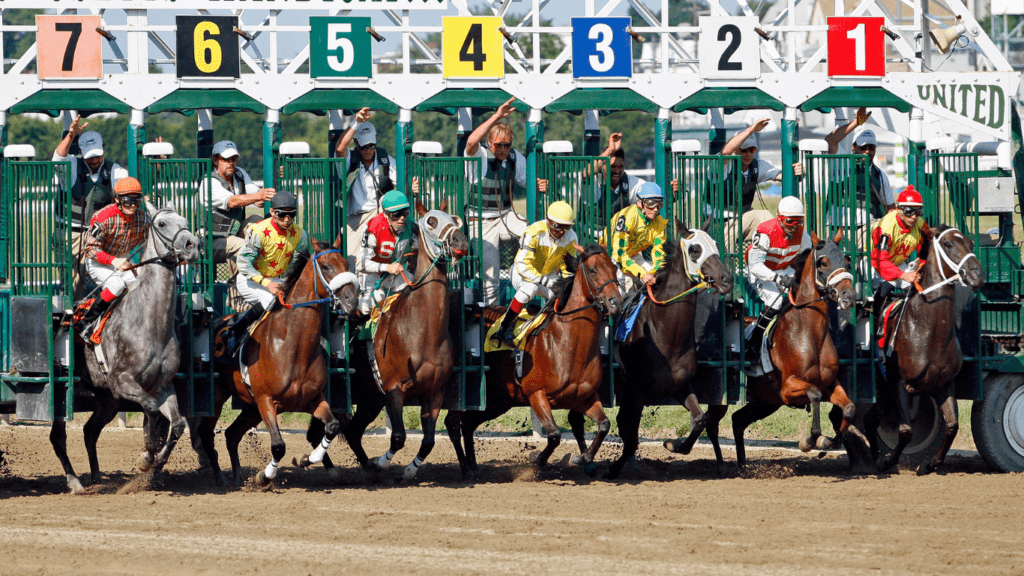Understanding Handicapping
Handicapping involves analyzing data to forecast horse race outcomes. Through this strategy, I assess various factors influencing a horse’s performance.
Basics of Handicapping
I consider multiple elements when handicapping.
- Past Performance: Analyzing a horse’s race history provides insights into its form.
- Track Conditions: Weather and track surface impact performance, and identifying patterns helps in predicting outcomes.
- Jockey and Trainer Statistics: Evaluating the success rates of jockeys and trainers can hint at potential race results.
Importance in Horse Racing
In horse racing, handicapping serves as a crucial strategy for making informed bets. By reducing unpredictability, my betting decisions become more calculated and less reliant on luck. Analyzing data points leads to better evaluations, enhancing the betting experience and potentially increasing profitability. Handicapping transforms a wager into a strategic investment, moving away from arbitrary decisions.
Exploring Advanced Betting Strategies

Understanding advanced horse racing betting strategies opens doors to greater insight and potential profit. These methods, while complex, offer significant advantages when applied correctly.
Strategy 1: Handicapping with Data Analytics
Handicapping thrives when integrated with data analytics. Analyzing large datasets, like:
- historical race times
- weather conditions
- horses’ health metrics
enhances decision-making efficiency. Advanced algorithms predict outcomes by identifying patterns and trends, giving bettors a competitive edge. Machine learning tools sift through vast amounts of data to refine predictions, increasing accuracy over traditional methods.
Strategy 2: Value Betting
Value betting capitalizes on discrepancies between bookmakers’ odds and actual probability. By identifying mispriced odds, bettors pursue wagers where potential returns outweigh the risk. For instance, a horse with consistent underperformance may be undervalued due to recent improvements missed by bookmakers. Consistently finding value bets requires meticulous research and understanding of market dynamics, allowing for strategic profit-making opportunities.
Strategy 3: Hedging Bets
Hedging bets reduces potential losses by placing multiple wagers on different outcomes. This technique protects investments when uncertainty looms over a race. For example, backing a favored horse while also placing smaller bets on potential dark horses mitigates risk. Hedging ensures that even if the main wager fails, residual bets may still yield returns, maintaining a balanced betting portfolio.
Managing Risks in Betting
Successful betting requires effective risk management. By recognizing potential threats and employing strategic techniques, bettors can protect their investments and enhance profitability.
Identifying Potential Risks
Betting holds inherent risks. Variability in track conditions, unexpected injuries, and horses’ inconsistent performances represent prominent threats. Bookmakers can misjudge odds, leading to potential losses. Recognizing these factors, I meticulously analyze past race results, track weather records, and horses’ physical condition. This approach ensures a comprehensive evaluation of potential pitfalls.
Techniques for Risk Management
Risk management involves strategic measures to mitigate losses. diversifying bets across various events reduces the impact of an unexpected outcome. Hedging, placing bets across different outcomes, ensures a balanced approach. Calculating stake sizes carefully shields the bankroll from substantial hits. Using stop-loss limits in wagering, where losses reach a predetermined level, safeguards financial stability.
Tips for Implementing Advanced Strategies
Navigating advanced horse racing betting requires skill and precision. By implementing effective techniques, one can maximize their betting experience and potential gains.
Selecting the Right Races
Evaluating a race’s quality is crucial in optimizing betting strategies. I focus on races with comprehensive data to analyze, including a strong field of competitors. This increases the probability of identifying accurate patterns and outcomes. I often prioritize graded stakes races since they feature top-tier horses and more reliable performance data. Consistent contenders in these races have thorough records, allowing for better handicapping and less unpredictability.
Timing Your Bets
Placing bets at the optimum moment can significantly affect potential payouts. I typically place bets closer to race time after gathering the latest information, such as track conditions or any last-minute changes in lineups. If odds appear misaligned with the actual probabilities, these moments offer opportunities for value betting. Monitoring betting markets throughout race day also helps me spot shifts that indicate emerging trends or insider information, providing valuable insights into optimal bet timing.



